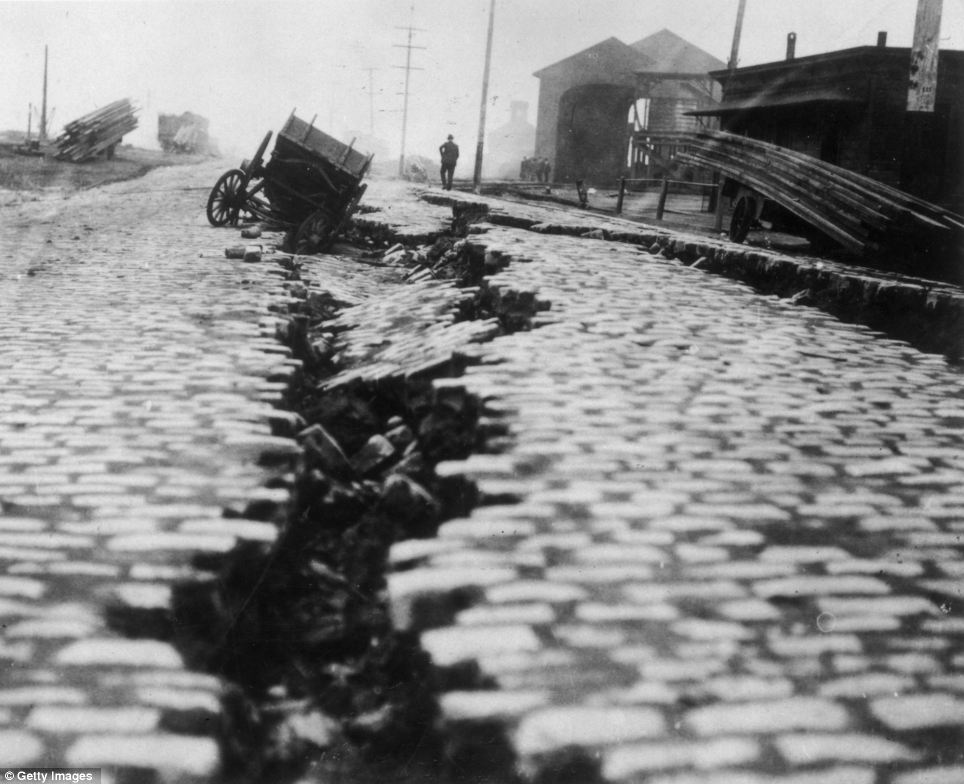NAYPYIDAW, Myanmar – A powerful 7.7-magnitude earthquake struck central Myanmar on Friday, March 28, 2025, causing widespread devastation and claiming at least 144 lives, according to the country’s military government.
Many others have been injured, and officials are urging immediate recovery efforts in response to the disaster.
The United States Geological Survey (USGS) confirmed the earthquake’s epicenter was located 16 kilometres northwest of Sagaing, at a depth of 10 kilometres.
The tremors were felt far beyond Myanmar, extending into southwest China and Thailand.
Just 15 minutes after the initial quake, a second tremor, measuring 6.4 in magnitude, struck the region, further compounding the destruction.
The earthquake has caused enormous damage, particularly in Mandalay, Myanmar’s second-largest city, where local rescuers have described the situation as catastrophic.
The government has declared a state of emergency in six regions, and early reports suggest the number of casualties could be “at least in the hundreds.”
In Naypyidaw, the capital, several roads have buckled due to the quake’s intensity, further hindering rescue efforts.
The devastation in Myanmar has been compounded by the aftermath of the quake in neighbouring Thailand, where the collapse of an unfinished high-rise building in Bangkok has left at least 81 construction workers missing, according to Thailand’s deputy prime minister.
Concerns about aftershocks are widespread across the region, with anxiety growing in Myanmar’s largest city, Yangon.
Soe Lwin, a Yangon resident, described feeling the quake strongly and expressed concern over the possibility of additional tremors.
“People are anxious about further tremors,” Lwin said.
In Bangkok, BBC journalist Bui Thu recounted her experience during the quake, noting, “I was at home cooking when the tremor hit, and I felt panicked.
Buildings in Bangkok aren’t designed to withstand earthquakes, so I’m worried about substantial damage.”
Myanmar has been under military rule since a coup in 2021, and the government’s tight control over media, including internet access, has made it difficult to gather reliable information about the ongoing situation.







